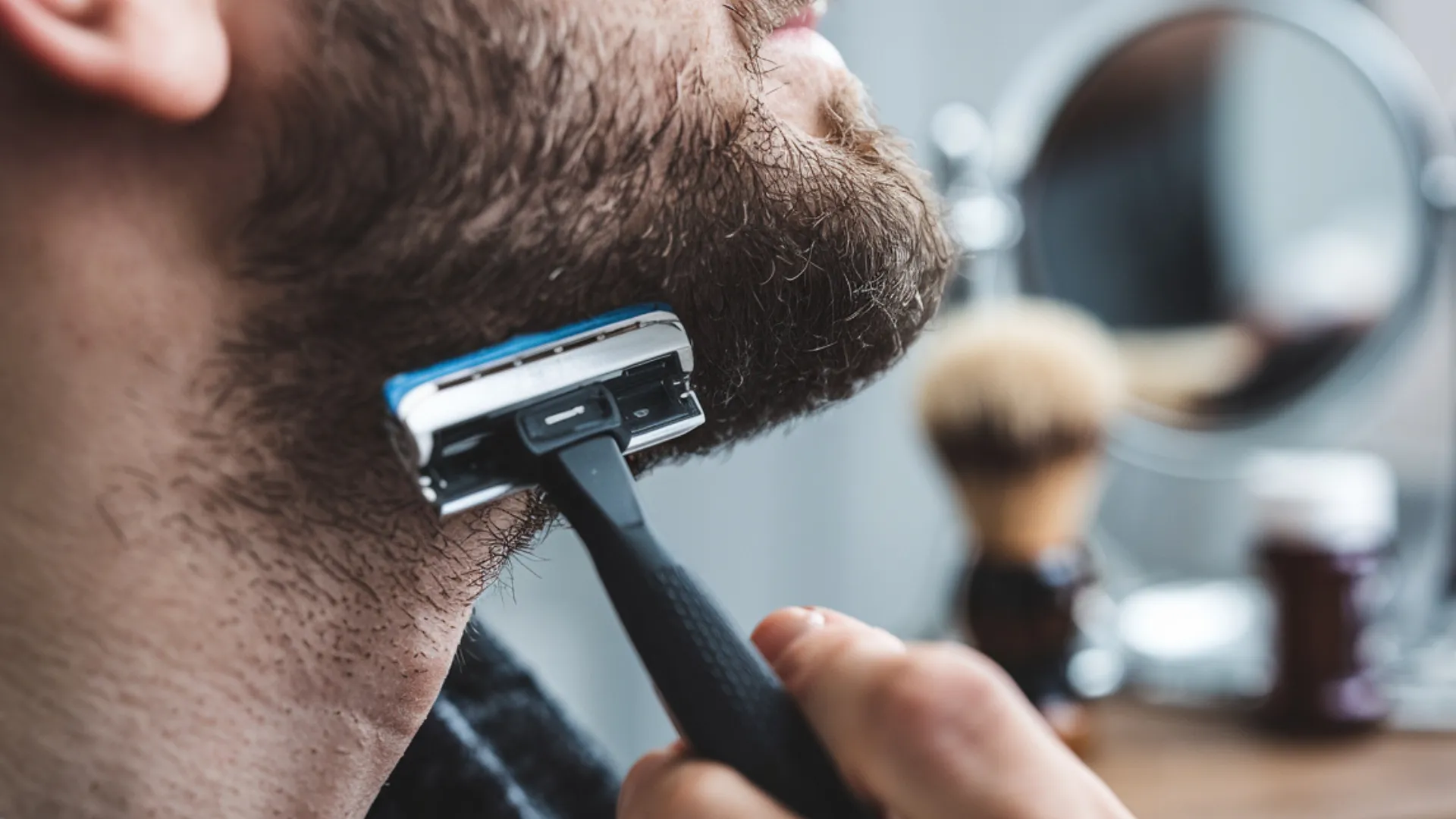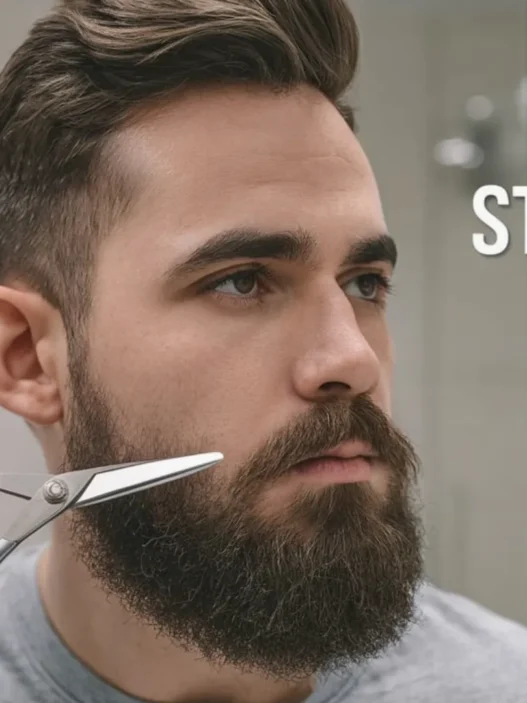Beard growth is a journey that requires patience, care, and a little knowledge. Whether you have been growing a beard for a long time or are starting with peach fuzz and want to get the full Viking beard by the tenth century, you want to know each stage of your beard growth.
This guide examines the stages of beard growth, the timeline, tips for beating each stage, and tips for teens just entering the facial hair.
The Stages of Beard Growth
Stage 1: Week 0: The Clean-Shaven Beginning
If you embark on the beard journey, you can start from a clean slate. This stage is about preparation, regardless of whether you are shaving off an old beard or growing it for the first time.
- What’s Happening: Underneath the surface, hair follicles ramp up for a growth spurt.
- What to Do: It is where you remove dead cells and lay the foundation for healthy growth. Frequent moisturizing is the key to curing dryness.
- 🕒 Timeline: A little over a week before seeing the stubble.
Stage 2: Stubble (Weeks 1 and 2); Early Growth (Weeks 3 and 4)
When this all begins to change, and in the 1st month, your stubble will resemble a short beard.
- Challenges: Itchiness and dandruff as hair causes new irritation.
- Tips:
- Apply high-quality beard oil to the skin and soften hair.
- Do not scratch because it will irritate and harm your skin.
- 🕒 Timeline: By week four, the most noticeable beard coverage, however patchiness may persist.
Stage 3: The Patchy Phase (Months 1–3)
This is the phase in which you are being tested. Sometimes, growth is uneven, and patches can be infuriating.
- What To Do:
- If you do not like the patchiness, resist the urge to over-trim.
- You can train your hair to grow in the right direction using a beard comb.
- Keep hair and skin healthy by continuing to apply beard oil.
- 🕒 Timeline: Towards the end of this phase, patches begin to fill.
Stage 4: This is about the Developing Beard (Months 3–6)
Your beard will start to shape up, and the gaps will fill. It is the stage of going from “scruffy” to “intentional.”
- Grooming Tips:
- Get your neckline and cheekline defined for a put-together look.
- Apply some beard balm to tame frizz and give you the desired volume.
- A specialized beard wash could clean your beard 2–3 times a week.
- 🕒 Timeline: By the six-month mark comes a well-defined beard.
Stage 5: The Full Beard (Months 6–12)
Your beard is now complete and thick (it should be full enough that you do not need styling, so just let it grow longer).
- Maintenance:
- Regular trim helps to maintain shape while also keeping split ends away.
- Beard butter or even a hydrating mask condition weekly.
- A daily boar brush will keep tangles at bay and spread natural oils evenly.
- 🕒 Timeline: By the end of the year, a full mature beard.
Stage 6: Epic Beard (1 Year or More)
This stage is for the bearded when committed to this length.
- Advanced Care:
- Pull them out with a tooth comb.
- The trimmer ends with sculpting.
- Use beard oil and balm to continue using and keeping hair soft and hydrated.
- 🕒 Timeline: Beard growth is genetic, but men reach terminal length after a year.
Teenage Beard Growth: What to Expect
Hormonal changes, such as testosterone levels, can influence facial hair growth during adolescence.
Stage 1: Peach Fuzz (Ages 13–15)
- It starts with thin, light hair that appears in patchy areas, such as the upper lip and chin.
Stage 2: Early Growth (Ages 15–18)
- The facial hair thickens, but the growth may still be uneven.
Stage 3: Developing Beard (Ages 18–20)
- Hair is darker and fuller by their late teens. Some may have a full beard as early as their late teens, while others will develop it in their early 20s.
What Affects Beard Growth?
- Genetics: Grows says it determines thickness, density, and growth patterns.
- Age: People start growing their beard around their late 20s to early 30s.
- Hormones: Testosterone and DHT are a little bit their hands in things.
- Lifestyle: A good diet, quality sleep, and physical exercise help promote hair growth.
- Skincare: Dry and clogged skin, like moisturizers and clogged pores, can obstruct skincare.
How To Encourage Beard Growth
Genetics play the most significant role; you can optimize your growth potential with these tips:
- Diet: Add biotin-rich foods, zinc-rich foods, and protein-rich foods.
- Exercise: Regular workouts can help ensure good circulation and that nutrients are deposited into hair follicles.
- Sleep: Rest (for recovery and hormonal balance) is a priority.
- Beard Products: Growth oils and supplements nourish hair and skin.
Embrace the Journey
Growing a beard is more than just making a physical change. It is a process that requires patience and self-knowledge. Knowing which stages of the growth cycle you are in and when throughout the cycle helps you tailor your grooming routine to attain the beard you desire.
Mia Patel is a grooming expert focused on men's health and skincare, sharing advice on products, routines, and tips for a polished look.




















